Optimal Timing for Concrete Leveling
Concrete levelings are most effective when performed during optimal weather conditions. Temperature and moisture levels significantly influence the curing process and the longevity of the repair. Timing the project correctly can ensure a smooth process and durable results.
Ideal for concrete levelings due to moderate temperatures and increased moisture. These conditions help the material set properly and reduce the risk of cracking.
Suitable when temperatures are still warm but humidity levels decrease. Proper timing prevents issues related to rapid drying or temperature fluctuations.
Concrete leveling should be avoided during freezing weather, as cold temperatures hinder curing and may cause additional cracking or shifting.

Spring offers optimal conditions for leveling projects with consistent temperatures and moisture.

Warm and humid summer days support proper curing and adhesion.
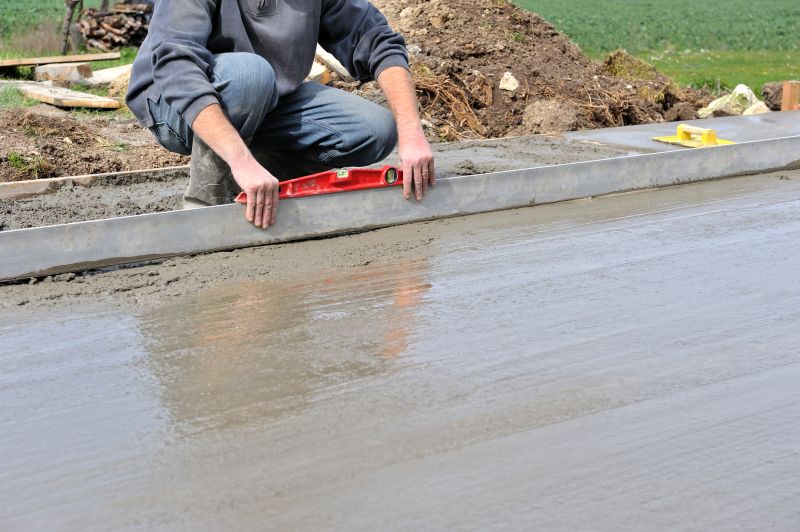
Early fall provides suitable conditions before temperatures drop significantly.
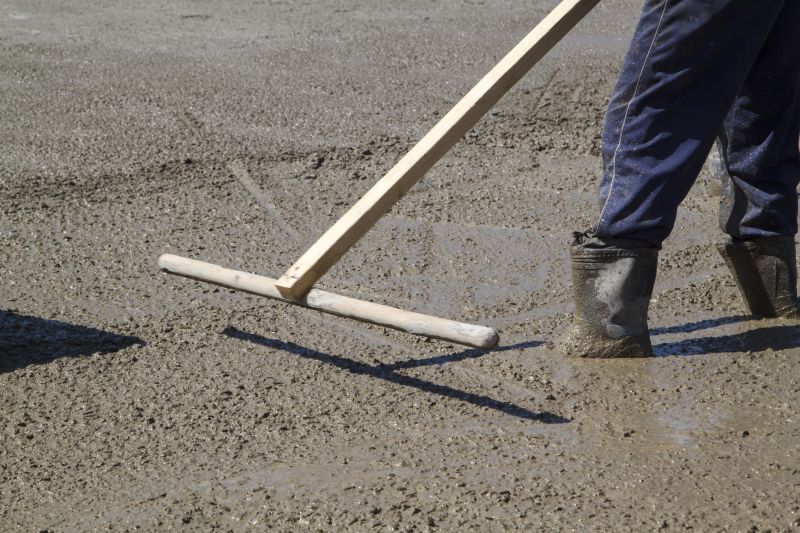
Ways to make Concrete Levelings work in tight or awkward layouts.

Popular materials for Concrete Levelings and why they hold up over time.
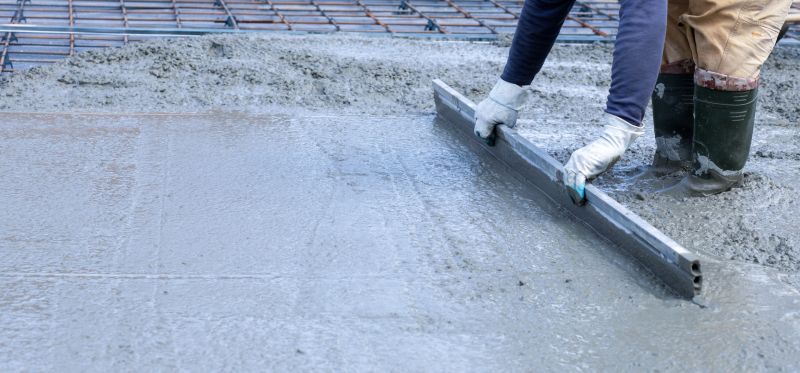
Simple add-ons that improve Concrete Levelings without blowing the budget.
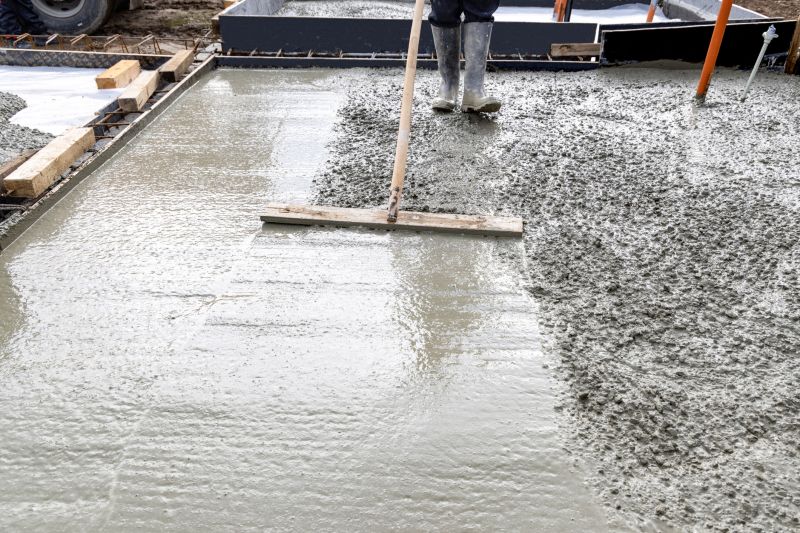
High-end options that actually feel worth it for Concrete Levelings.
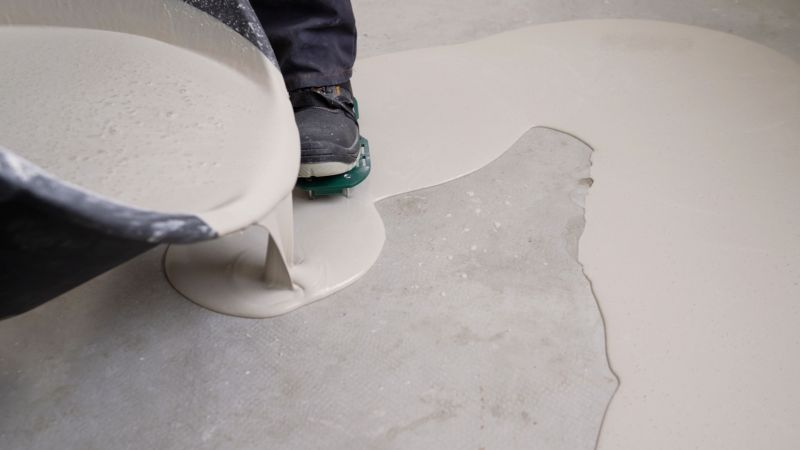
Finishes and colors that play nicely with Concrete Levelings.
| Season | Recommended Timing |
|---|---|
| Spring | Late March to early June |
| Summer | June to August |
| Fall | September to October |
| Winter | Not recommended |
Concrete levelings involve raising and leveling uneven slabs of concrete to restore a flat, functional surface. This process typically uses polyurethane foam or other leveling compounds that expand beneath the slab to lift it. Proper timing ensures that the materials cure correctly and the surface maintains its integrity over time.
Statistics indicate that performing concrete levelings during suitable weather conditions can extend the lifespan of repairs by reducing the risk of future cracking and shifting. The success of the project depends heavily on environmental factors, making timing a crucial consideration for optimal results.

A technician applies leveling foam beneath a slab during optimal weather conditions.
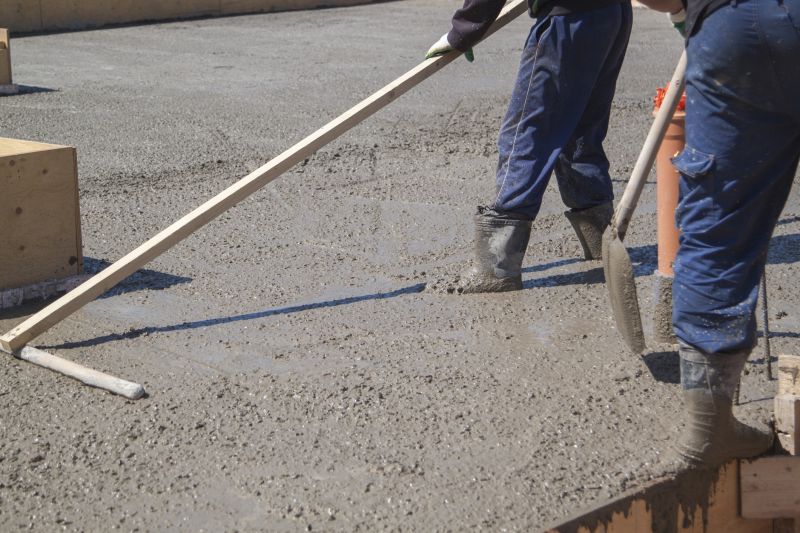
A smooth, even concrete surface ready for use.
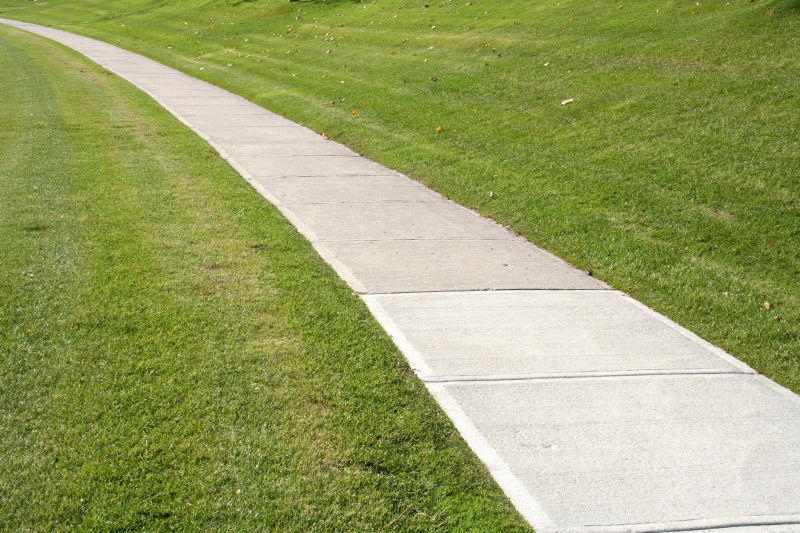
Visual representation of ideal weather for concrete levelings.
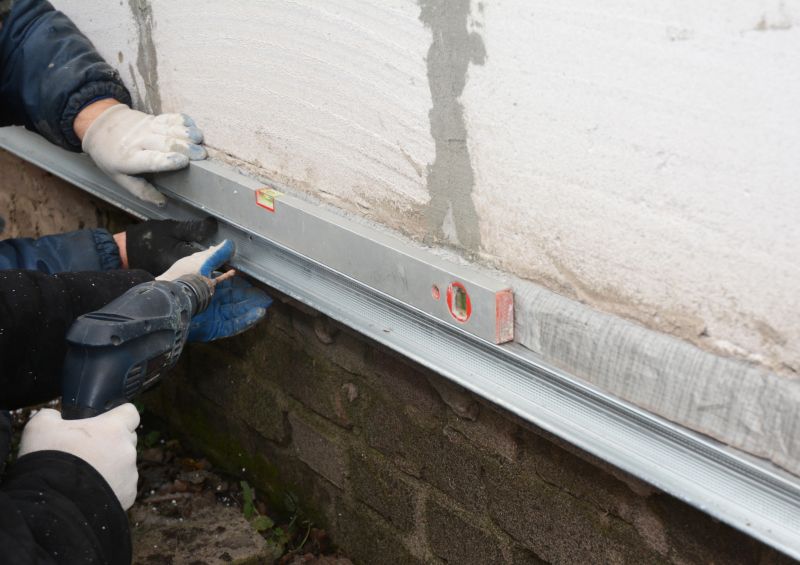
Specialized tools and materials for effective concrete leveling.

Little measurements that prevent headaches on Concrete Levelings day.

A 60-second routine that keeps Concrete Levelings looking new.

A frequent mistake in Concrete Levelings and how to dodge it.

Small tweaks to make Concrete Levelings safer and easier to use.
Individuals interested in scheduling concrete levelings are encouraged to contact for more information or to discuss specific project needs. Proper timing can contribute to a long-lasting, durable repair that maintains the integrity of the concrete surface.

